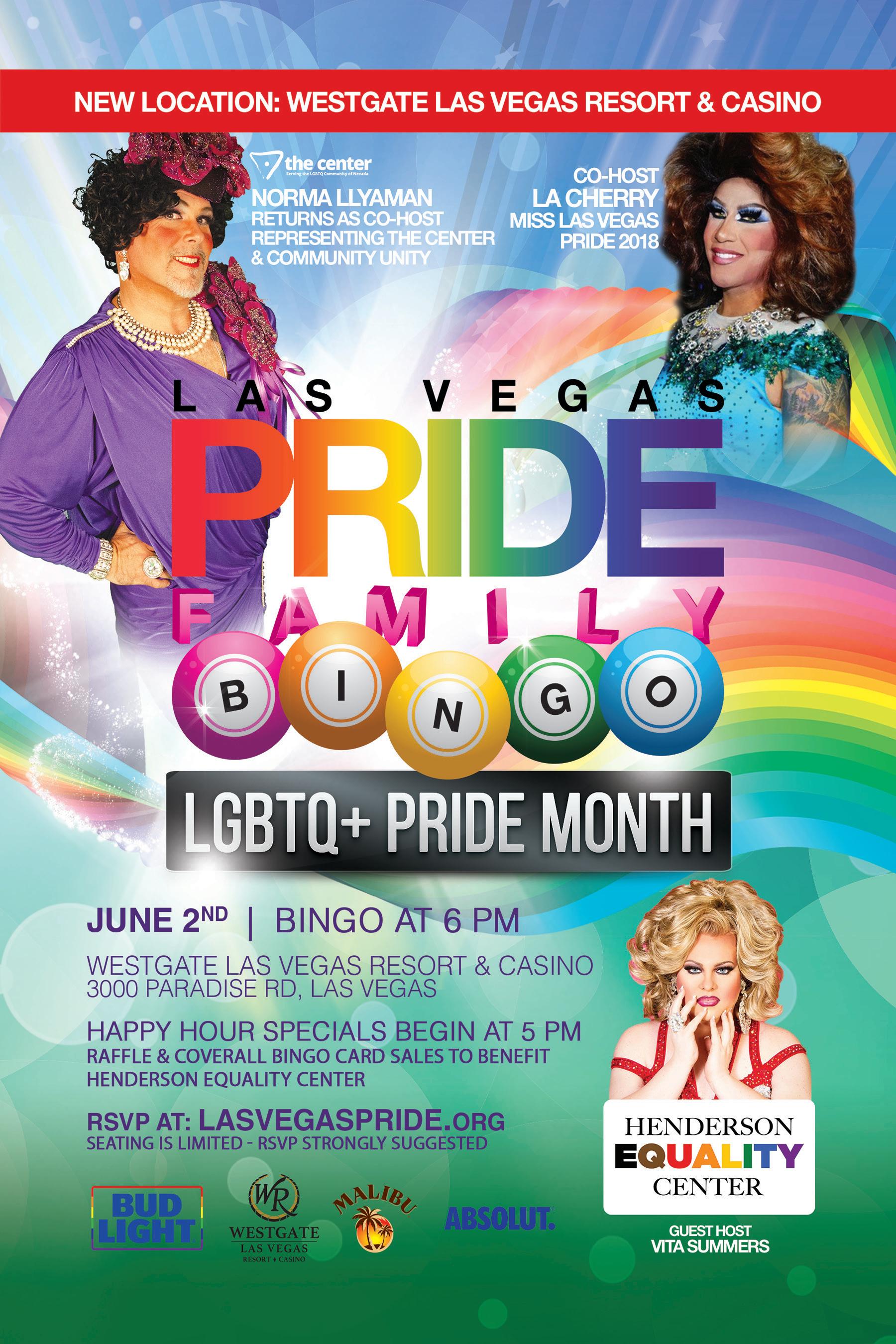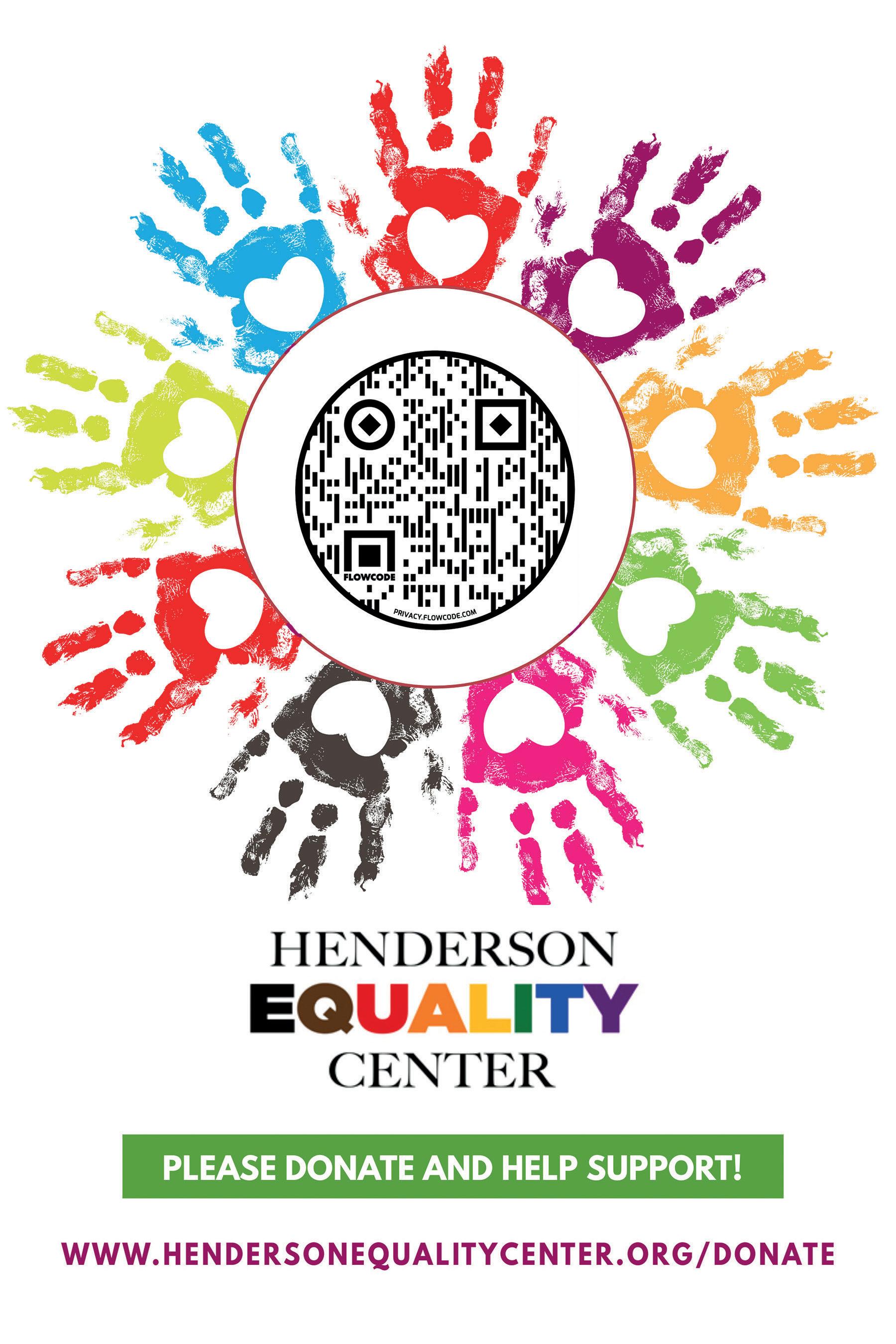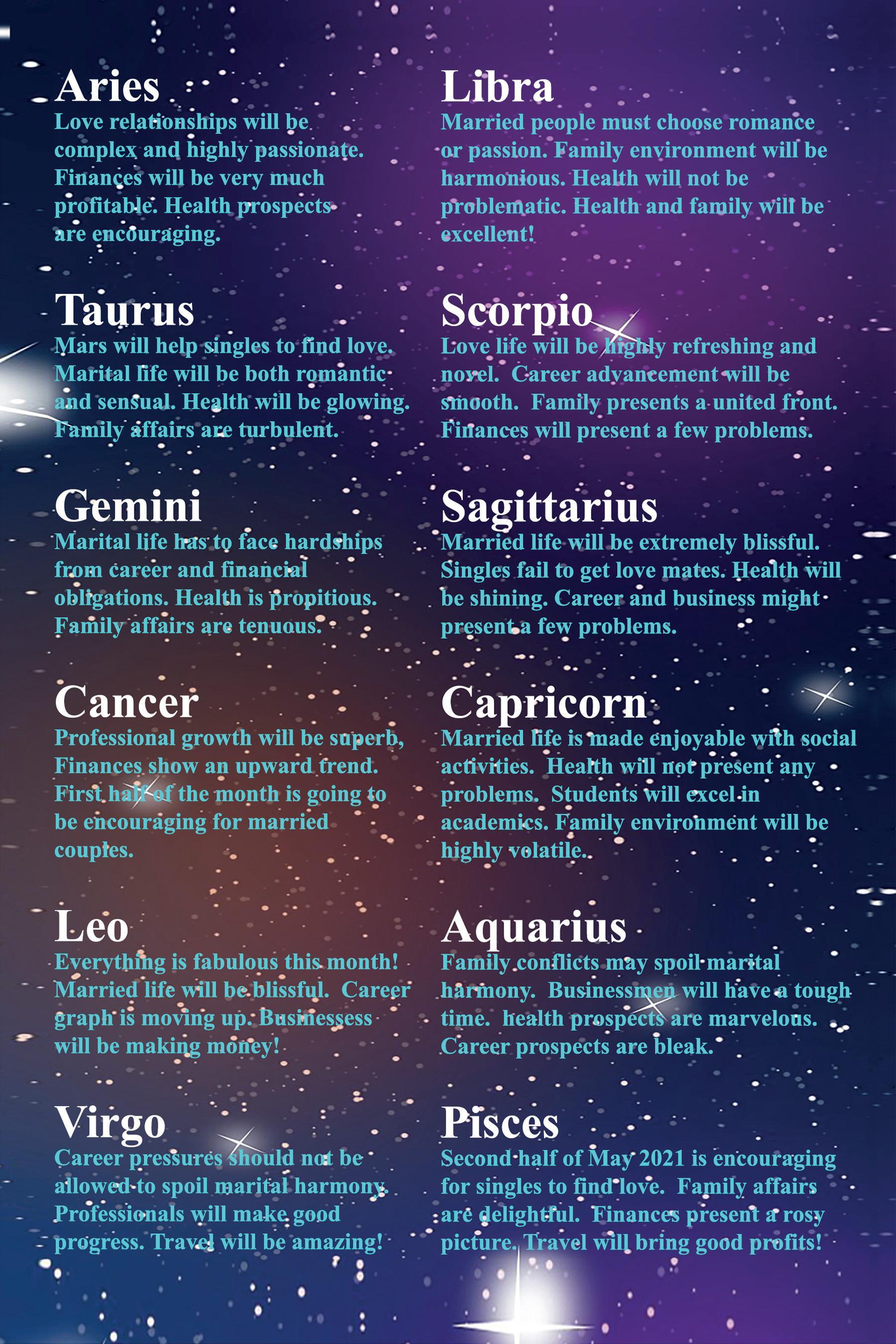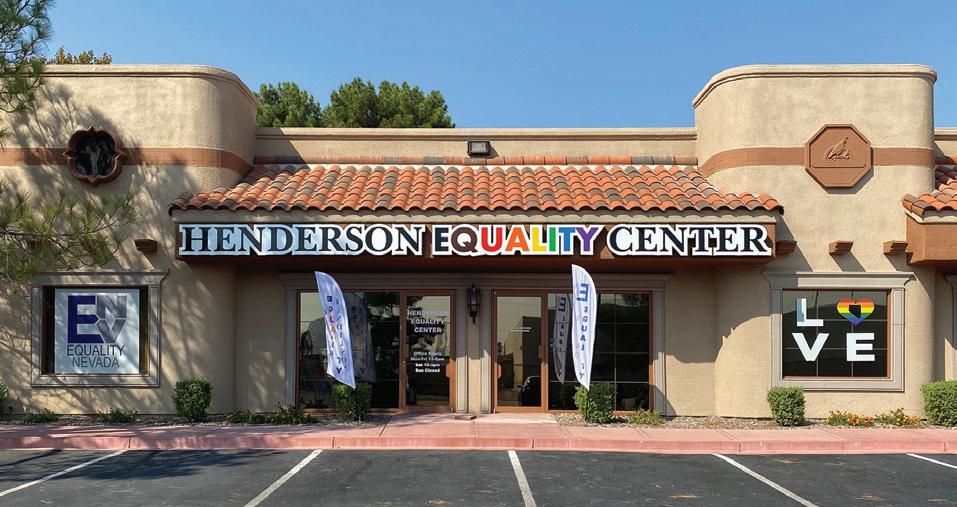
14 minute read
Mental Health Awareness Month
By SARAH MITCHELL
May is Mental Health Awareness Month and it is a time to raise awareness of those living with mental or behavioral health issues and to help reduce the stigma so many experience. According to the World Health
Advertisement
Organization, 450 million people currently suffer from a mental illness, and 1 in 5 Americans currently suffers from at least one mental illness.
Mental Health Awareness Month began in the United States in 1949 and was started by the Mental Health America organization. The MHA invites other organizations to join them in spreading the word that mental health is something everyone should care about. Last year the MHA’s theme for Mental Health Month was Tools 2 Thrive, which focused a lot on mental health amidst a global pandemic. They plan to continue this theme for the year 2021 as well. They will be providing practical tools that everyone can use to improve their mental health and increase their resiliency regardless of their personal situation. Some of these items include printable handouts on the following topics:
adapting after trauma and stress, dealing with anger and frustration, getting out of thinking traps, processing big changes, taking time for yourself, and radical acceptance. easy for other people to say these are “all just in your head” and that “just tell yourself ok and then you’ll feel better.” Due to people like this, many of those suffering with mental illness feel ashamed of themselves when they cannot just “turn it off.”
A 2019 study conducted by the National Alliance on Mental Health reports the following:
• 20.6% of U.S. adults experienced mental illness in 2019 (51.5 million people). This represents 1 in 5 adults. • 5.2% of U.S. adults experienced serious mental illness in 2019 (13.1 million people). This represents 1 in 20 adults. • 16.5% of U.S. youth aged 6-17 experienced a mental health disorder in 2016 (7.7 million people). • 3.8% of U.S. adults experienced a cooccurring substance use disorder and mental illness in 2019 (9.5 million people).
Despite the high numbers of people suffering from mental illness, many of these illnesses go untreated due to the stigma that is still around it. It’s For anyone living with any type of mental illness, remember that you are not alone. Many people are experiencing similar situations and can understand the struggles that come with it. Going to therapy and
talking to someone about what you are going through is truly a great way to cope and heal. Please don’t hesitate to reach out to someone if you feel like you need support. There are many who are more than happy to help!

By SARAH MITCHELL
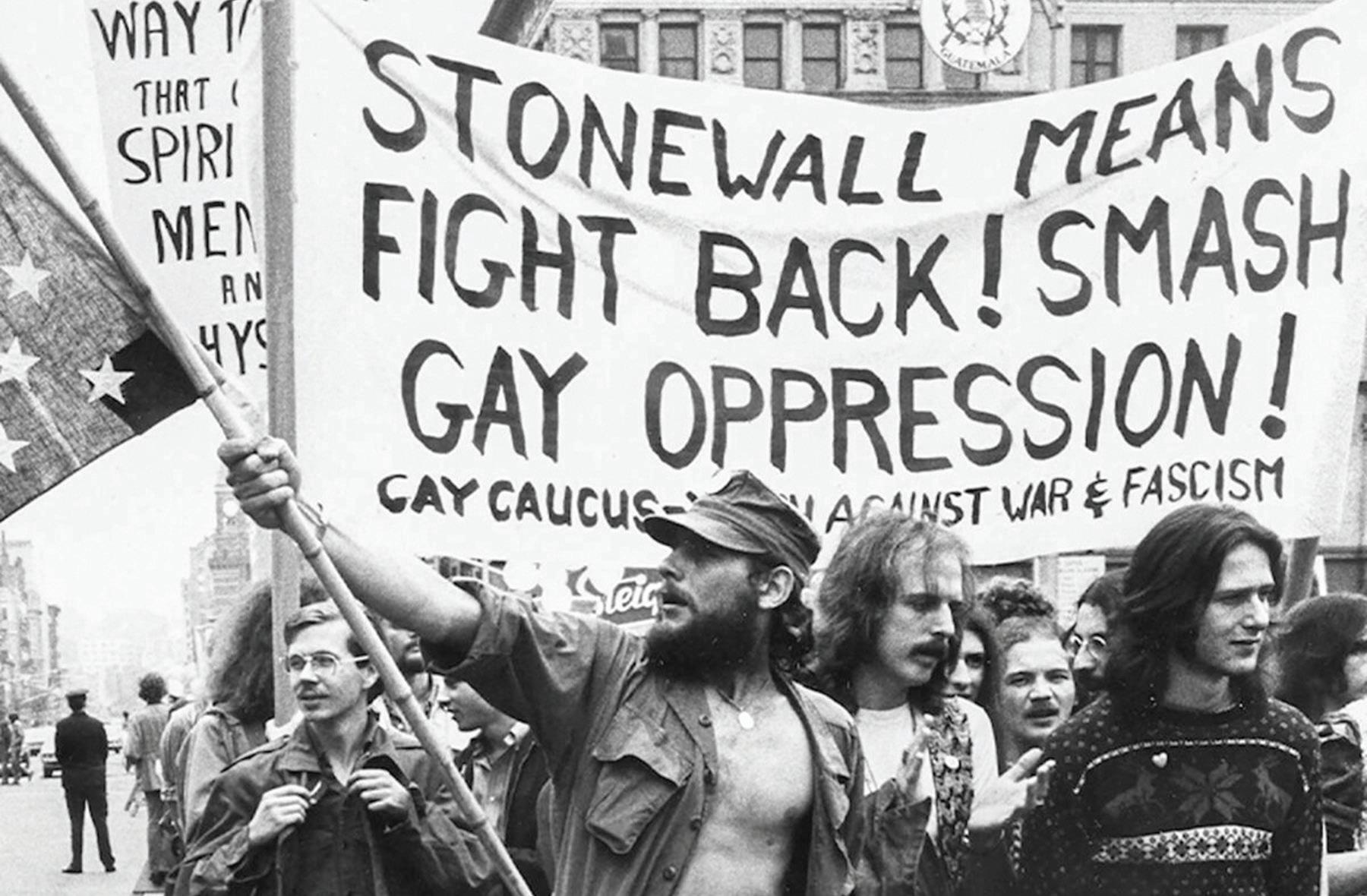
In the early morning hours of June 28, 1969, at the Stonewall Inn in the Greenwich Village neighborhood of Manhattan, New York, a police raid began that started the Stonewall Riots. This event is what many people consider to be the start of the gay liberation movement. Although the LGBTQ rights movement had been steadily growing throughout the 1960s, within a year of the Stonewall riots is when the first gay pride marches began.
Gay Americans in the 1950s and 1960s faced an anti-gay legal system, where every state, aside from Illinois, criminalized homosexual acts, even between consenting adults acting in private homes. Very
few establishments welcomed gay people in the 1950s and 1960s. Those establishments that did were often bars run by organized crime groups due to the illegal nature of gay or LGBT bars at the time, and bar owners and managers were rarely gay.
While police raids on gay bars were routine in the 1960s, officers quickly lost control
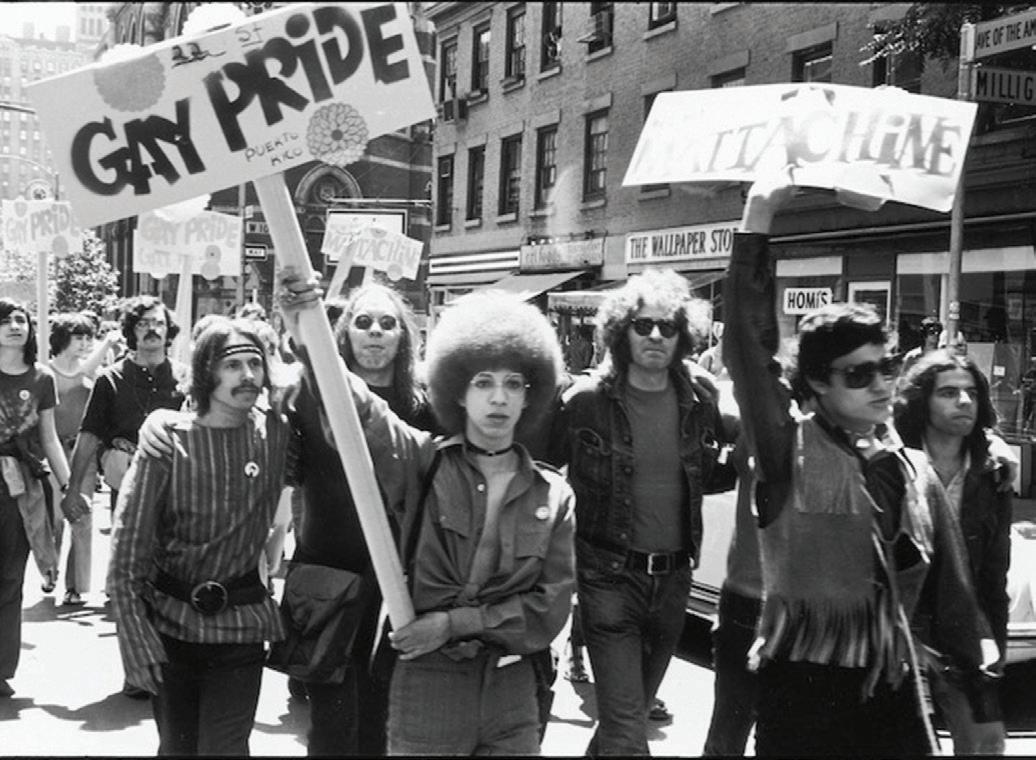
of the situation at the Stonewall Inn on June 28. Standard procedure for a raid was to line up the patrons, check their identification, and have female police officers take customers dressed as women to the bathroom to verify their sex, upon which any people appearing to be physically male and dressed as women would be arrested. This night at Stonewall was different though. Those dressed as women refused to go with the officers, and those presenting as men refused to provide their identification. The raid turned violent as the LGBTQ community decided that they would no longer put up with this. This sparked riots to continue in the nights to follow.
However, not everyone in the gay community considered the revolt a positive development. To many older homosexuals and many members of the Mattachine Society (an early national gay rights organization founded in the 1950s) who had worked throughout the 1960s to promote homosexuals as no different from heterosexuals, the display of violence and effeminate behavior was embarrassing.
Unfortunately, the police raids did
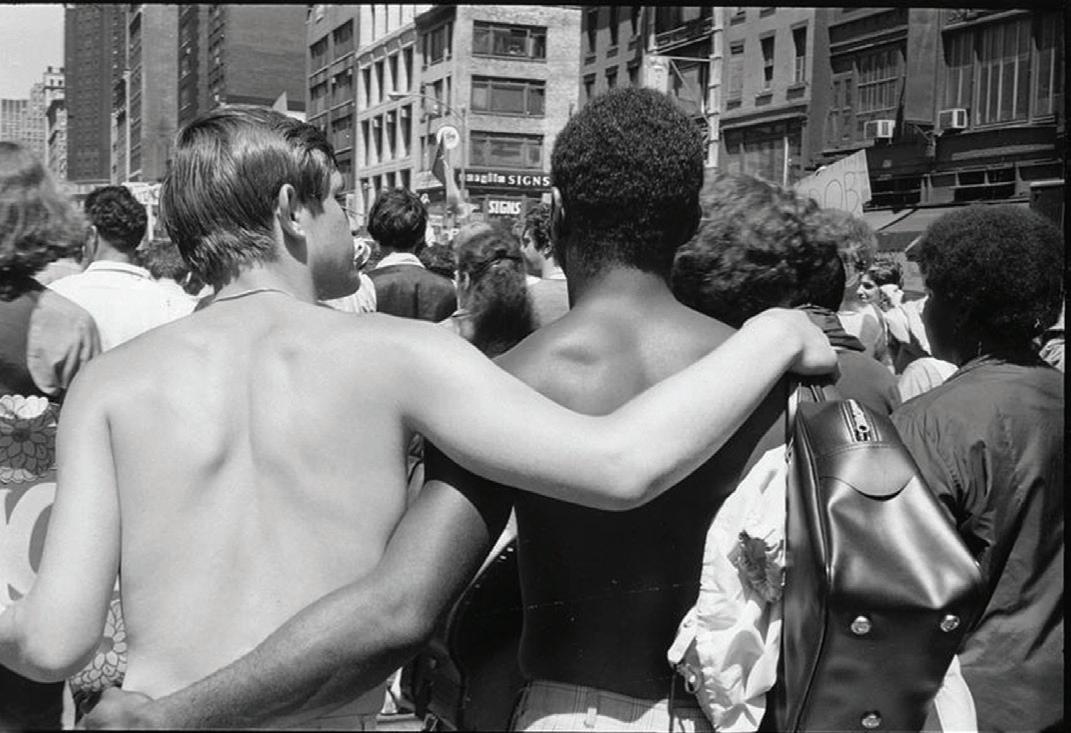
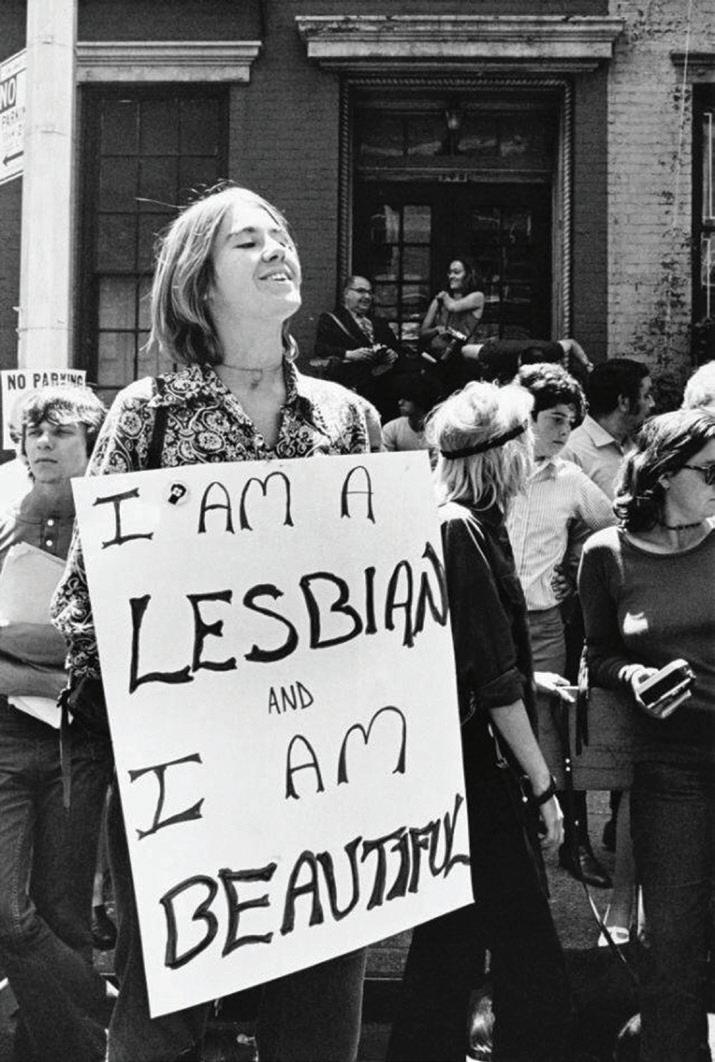
not stop after the Stonewall raid. A gay bar called The Snake Pit was soon raided, and 167 people were arrested. One Argentinian man was so frightened of being arrested and deported that he attempted to escape by jumping out of the second story window. Unfortunately he landed on a 14 inch fence spike and died. This prompted a march from Christopher Park to the Sixth Precinct in which hundreds of gay men, lesbians, and liberal sympathizers peacefully confronted the Tactical Patrol Force. Christopher Street Liberation Day on June 28, 1970 marked the first anniversary of the Stonewall riots with an assembly on Christopher Street; with simultaneous Gay Pride marches in Los Angeles and Chicago, these were the first Gay Pride marches in U.S. history.
The riots spawned from a bar raid became a literal example of gay men and lesbians fighting back, and a symbolic call to arms for many people. The true legacy of the Stonewall riots, Historian David Carter insists, is the “ongoing struggle for lesbian, gay, bisexual, and transgender equality”.
Although there is debate on if the Stonewall riots were the start of the gay liberation movement, due to the fact that there had been a steady increase in the LGBTQ rights movement prior, there is no denying that this is the first event that truly stands out. Without these riots, who knows where the LGBTQ community would be now.
The Henderson Equality Center has the honor of being host to the actual Stonewall for the month of June. On June 4, 2021, there will be a VIP event for the opening of the wall exhibit. The exhibit will be open to the public starting June 6th at the Henderson Equality Center’s re-grand opening event. For the rest of the month of June, the wall be available for viewing Monday through Friday from 12:00 p.m. to 7:00 p.m. and Saturdays from 10:00 a.m. to 2:00 p.m. Come and check out this piece of history for the LGBTQ community.
You Have to Give Them Hope: The Legacy of Harvey Milk
By RUE WEINBERG
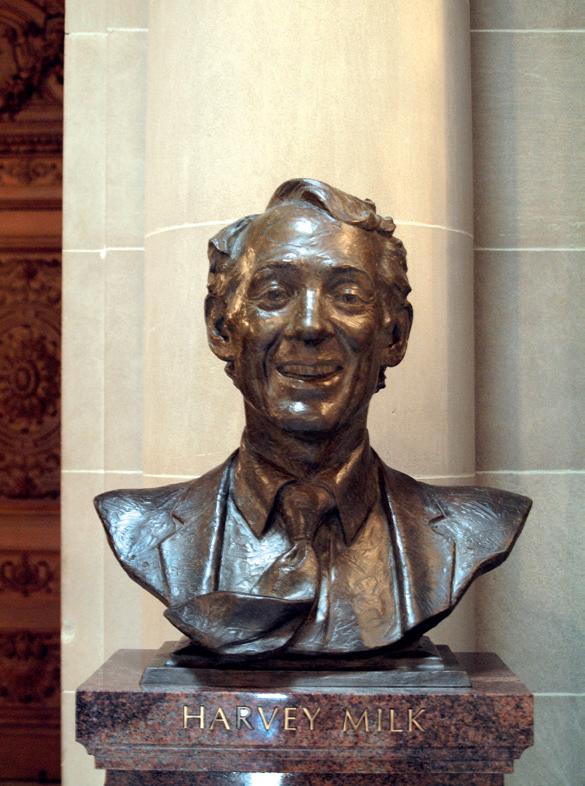
Harvey Milk didn’t look like someone who could change a movement. He was, in many ways, an unremarkable-looking man. And yet, over the course of his short political career, Harvey Milk changed the LGBTQ+ liberation movement forever.
Even in California, it was often agreed that a gay man couldn’t hold political office in the 1970s. Milk himself attempted to gain political office several times, losing by a landslide at the beginning. But eventually, he rallied the gay community and became the San Francisco County Supervisor. As the first openly gay non-incumbent person voted into public office, he wanted to give hope to his community, a group he defined with a broad brush.
His most well-known achievement was defeating Prop 6, which sought to ban gays and lesbians from teaching in California public schools, but he also advocated for day care centers for working mothers, community policing, and local library services. He spoke eloquently, and often, about a brighter future. “You have to give them hope,” he famously said about LGBTQ+ people in the closet. “Hope for a better world, hope for a better tomorrow, hope for a better place to come to if the pressures at home are too great. Hope that all will be alright.”
Despite his assassination in 1978, his legacy proves to us that the LGBTQ+ vote matters, and that our actions have more power than we realize. Especially in the politically tumultuous times we live in, we must remember that the voice of the LGBTQ+ community is louder when we chorus as one. We must support our local LGBTQ+ organizations, but also POCowned businesses, single moms, and people with disabilities. When we believe in the rights of everyone, we act accordingly. May we all take actions this year that would make Harvey Milk proud.
Foster Care Awareness Month
By SARAH MITCHELL

May is National Foster Care Month, a time to recognize that we can each play a part in enhancing the lives of children and youth in foster care. National Foster Care Month is an initiative led and promoted by the Children’s Bureau. Each May, they take time to acknowledge foster parents, family members, volunteers, mentors, policymakers, child welfare professionals, and other members of the community who help children and youth in foster care find permanent homes and connections. They use this time to renew their commitment to ensuring a bright future for the more than 423,000 children and youth in foster care, and celebrate those who make a meaningful difference in their lives.
According to the Clark County government website, there are approximately 3,000 children in Clark County foster care, from toddlers
to teenagers. Most of the children simply need a place to reside temporarily before they are returned to their biological families. For those children who can’t return home, adoption provides them with a permanent family to call their own. Foster and adoptive parents are a valuable resource for children, their biological families, and the entire community.

Who Can Foster or Adopt a Child? Here’s what Clark County says:
• Clark County residents • Married couples • Non-married couples, but only one parent may adopt a child • Single females • Single males • Gay, Lesbian, Bisexual and
Transgender individuals and couples • One parent may adopt, per Nevada State law, unless the couple are registered domestic partners • Individuals 21 years of age and older • A ten-year age difference between the child and the adopting parent is required for adoption. • Individuals with disabilities If you are interested in becoming a licensed foster parent, the first step is to attend one of the free virtual information sessions. To RSVP, please visit www.countmein.vegas. Sessions are held on Tuesdays at 6 p.m. and Saturdays at 9 a.m. For more information, call at (702) 455-0181.
**At this time, all in-person information sessions have been canceled due to the COVID-19 pandemic.**

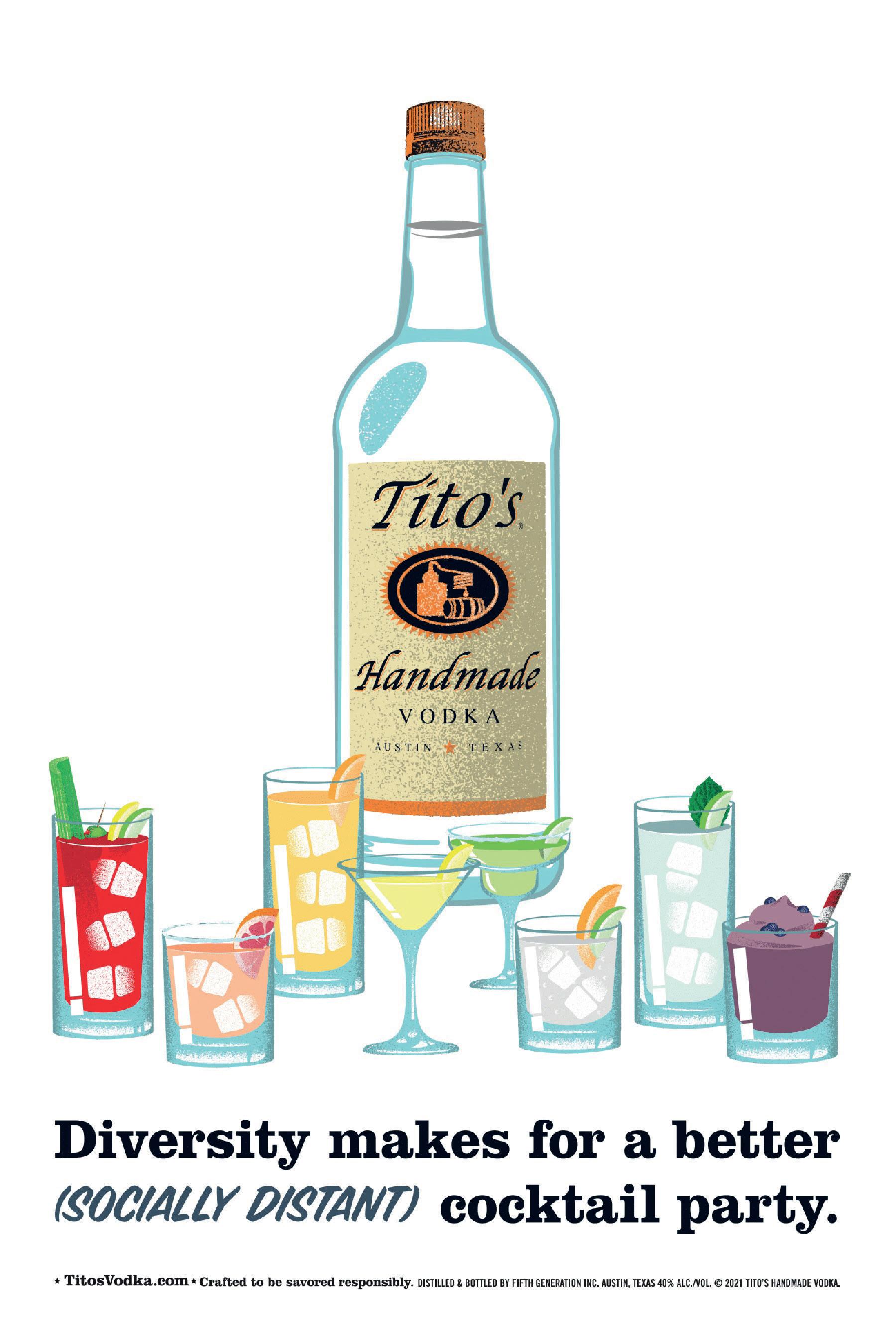
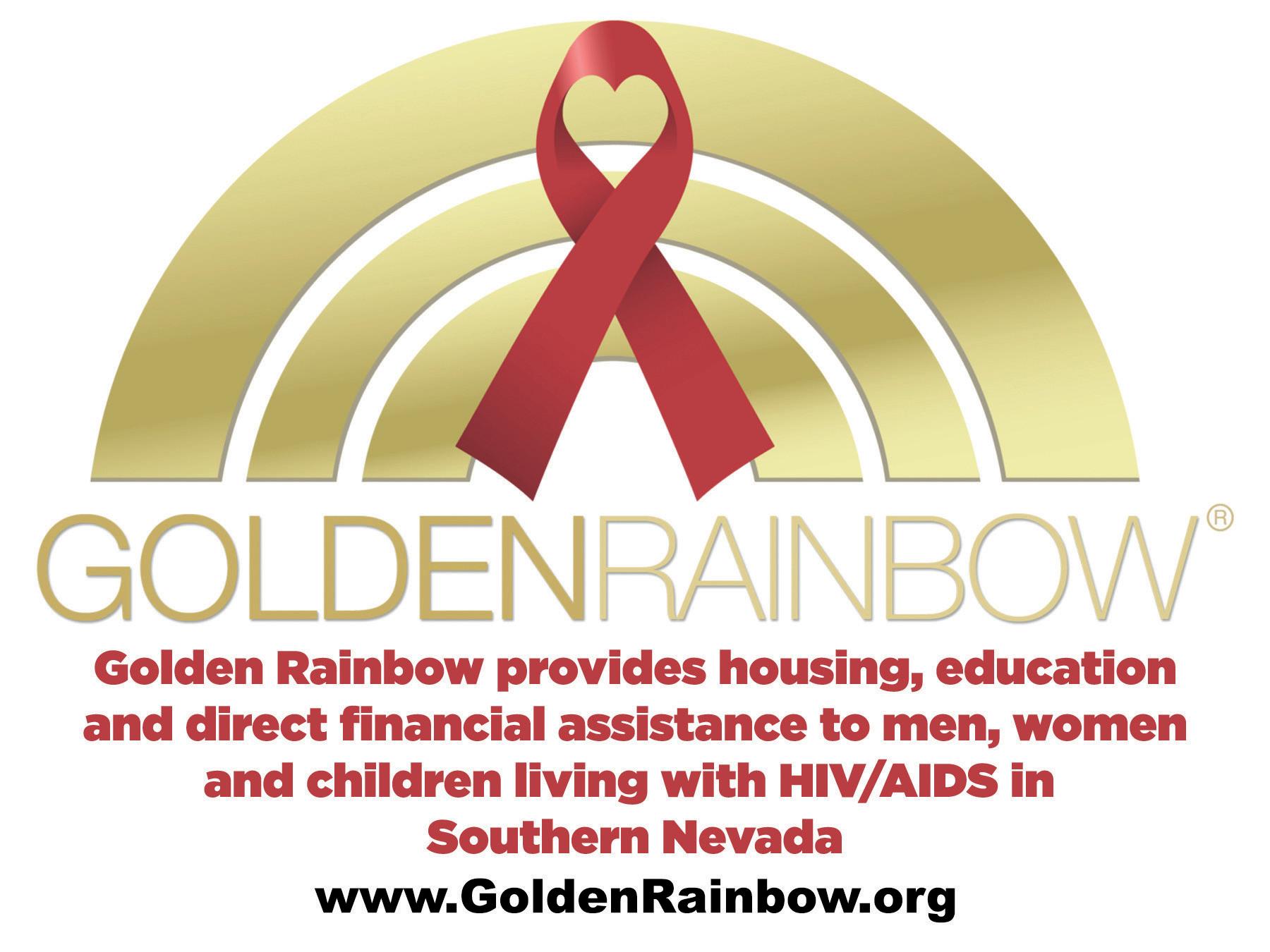
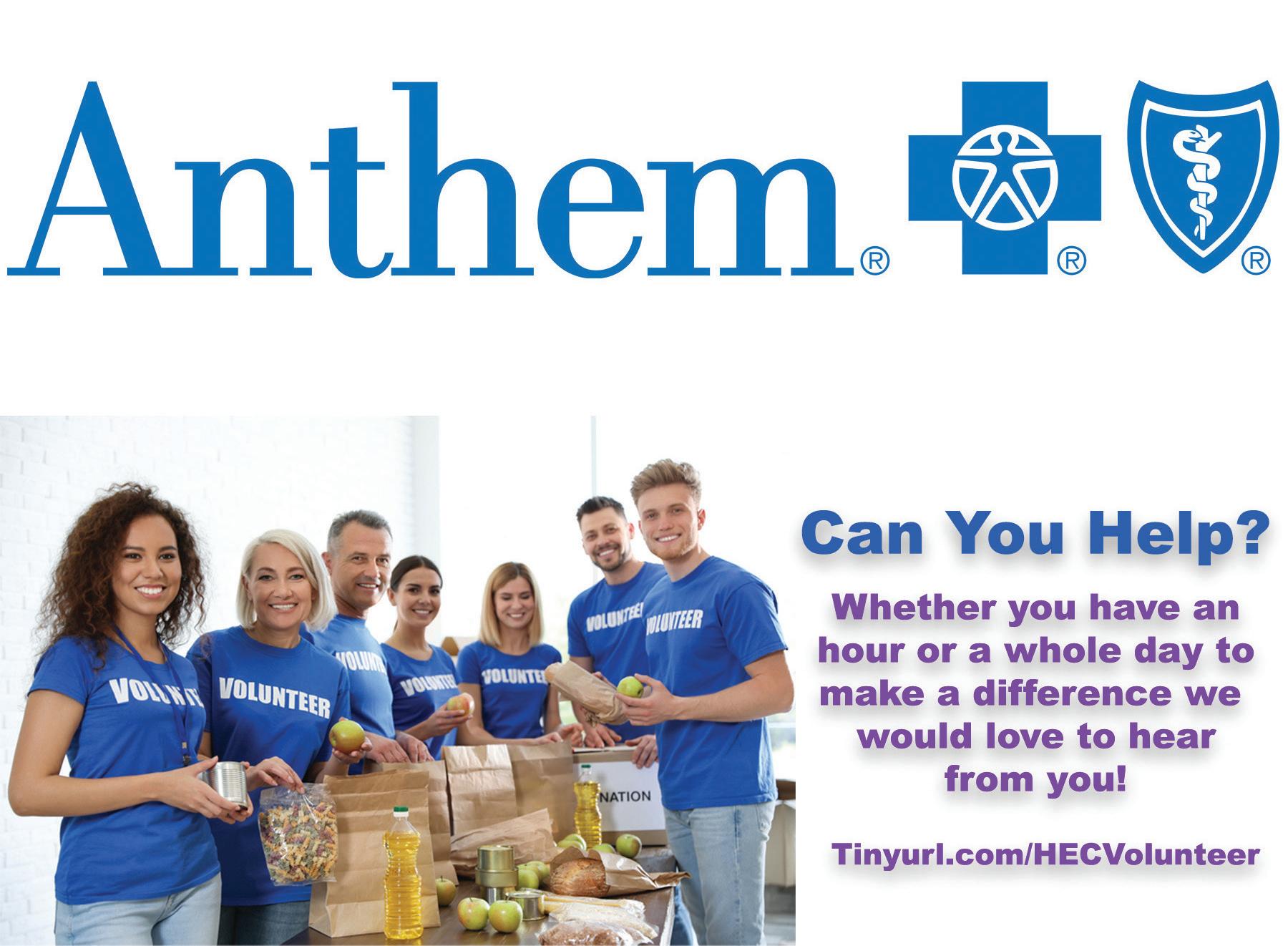
Asian Heritage Month
By MATTHEW DANG
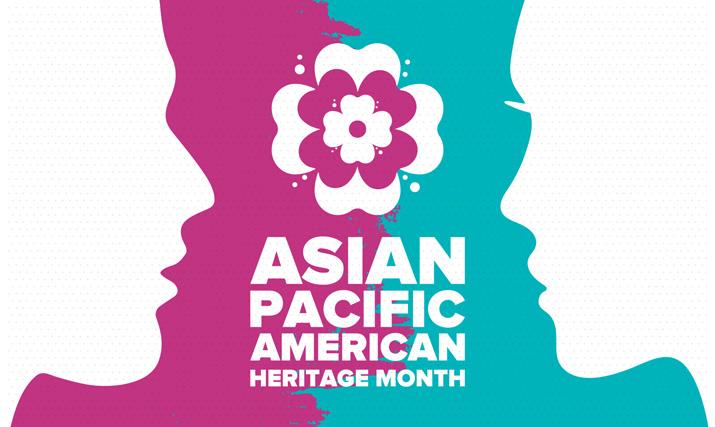
As the rise in Anti-Asian violence increases in some parts of America, the Southern Nevada Asian Pacific Islander Queer Society wanted to address this tide of hate by recognizing some of the accomplishments made by the diverse Asian Pacific Islander (API) community. The initial push to recognize the work and history of Asian Americans started in 1970. Jenine Jew, a staff member working for Representative Frank Horton of New York, wanted to celebrate the labor of her Chinese grandfather who helped connect countrymen from coast to coast. After twenty years of debate and discussion, Congress finally designated May as “API Heritage” month.
Three years after this event, my immigrant parents moved to America and restarted their lives. Growing up in the American education system, I rarely learned about the contributions of the Asian communities. The notable events that I was taught revolved around the Chinese Exclusion Act, Transcontinental Railroad, and Japanese Internment camps. As I later discovered, these texts missed key figures like Yuri Kochiyama, who worked with Malcolm X to advance the Black Power movement, or Larry Itilong or Philip Vera Cruz, labor organizers who worked with Cesar Chavez to advance the rights of migrant farm workers. Recent hidden figures include Dr. David Ho, who was a pioneering researcher on AIDS and HIV, I.M. Pei, who designed American institutions such as The John F. Kennedy Memorial Library, the Rock & Roll Hall of Fame, and the Musee Louvre in Paris, Jerry Yang, who helped found Yahoo! and mentored key initial companies in Silicon Valley, and Patsy Takemoto, who was the first woman of color elected to the House of Representatives.
Perhaps equally as important as these high accomplishments are the everyday work that working class Asian Americans do to survive in America and to provide for their families that goes unrecognized. This includes massage therapy, running nail salons and restaurants, serving as line cooks, cleaning homes, selling homemade confectionaries, taking care of their grandchildren while their sons and daughter work, and/or other jobs. Please take time this month to understand and connect with API lives in your community to stop asian pacific islander hate.

Youth Programing:
Youth Tutoring
Monday, Wednesday, Friday from 430pm – 530pm
Youth GSA Social Group
2nd and 4th Friday of each month, from 6pm – 8pm
Youth BiSexual+ Social Group
2nd and 4th Friday of each month, from 6pm – 8pm
Youth Transgender Social Group
2nd and 4th Friday of each month, from 6pm – 8pm
More Social Groups to come! To stay up to date on all of our groups please visit, www.HendersonEqualityCenter. org/calendar-2

Adult Programing:
BiSexual+ Adult Social Group
1st Wednesday of each month, from 630pm – 730pm
Reiki Circle by Sharyn Mitchell
1st and 3rd Friday of each month, from 630pm – 9pm
People of Color Social Group
2nd Tuesday of each month, from 6pm – 630pm
Transgender Adult Social Group
3rd Wednesday of each month, from 630pm – 730pm
Community Corner with SNAPIQS
Southern Nevada Asian Pacific Islander Queer Society 4th Tuesday of each month, from 630pm – 730pm
Equality in Recovery - NA
Every Saturday, from 1030am to 1130am
Adult Fitness Class
Tues and Thurs at 10am, Wed at 1030am
LGBTQ Books: Pride Month
By SARAH MITCHELL
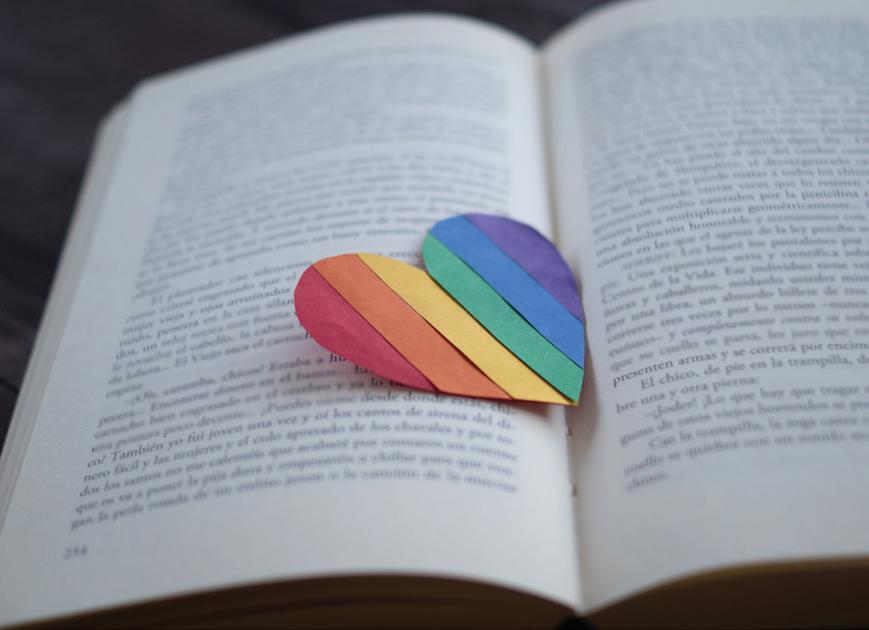
As we enter into Pride Month, you may find yourself wanting some LGBTQ themed entertainment, such as in the form of books. Here are some highlighted recommendations!
BOY ERASED BY GARRARD CONLEY
Through an institutionalized Twelve-Step Program, Garrad Conley was supposed to emerge heterosexual. Instead, even when faced with a harrowing and brutal journey, Garrard found the strength and understanding to break out in search of his true self and forgiveness.
THE STONEWALL READER
June 28, 2019 marked the fiftieth anniversary of the Stonewall uprising, which is considered the most significant event in the gay liberation movement, and the catalyst for the modern fight for LGBTQ rights in the United States. Drawing from the New York Public Library’s archives, The Stonewall Reader is a collection of first accounts, diaries, periodic literature, and articles from LGBTQ magazines and newspapers that documented both the years leading up to and the years following the riots.
A heartwrenching, eye-opening, and giggle-inducing memoir about what it’s like to grow up not sure if you’re (a) a boy, (b) a girl, (c) something in between, or (d) all of the above.
ALL MY MOTHER’S LOVERS BY ILANA MASAD
Told over the course of a funeral and shiva, and written with enormous wit and warmth, All My Mother’s Lovers is the exciting debut novel from fiction writer and book critic Ilana Masad. A unique meditation on the universality and particularity of family ties and grief, and a tender and biting portrait of sex, gender, and identity, All My Mother’s Lovers challenges us to question the nature of fulfilling relationships.
PRIDE: THE STORY OF HARVEY MILK AND THE RAINBOW FLAG BY ROB SANDERS
In this deeply moving and empowering true story, young readers will trace the life of the Gay Pride Flag, from its beginnings in 1978 with social activist Harvey Milk and designer Gilbert Baker to its spanning of the globe and its role in today’s world. Award-winning author Rob Sanders’s stirring text, and acclaimed illustrator Steven Salerno’s evocative images, combine to tell this remarkable – and undertold – story. A story of love, hope, equality, and pride.
GENDER OUTLAW BY KATE BORNSTEIN
On one level, Gender Outlaw details Bornstein’s transformation from heterosexual male to lesbian woman, from a one-time IBM salesperson to a playwright and performance artist. But this particular coming-of-age story is also a provocative investigation into our notions of male and female, from a self-described nonbinary transfeminine diesel femme dyke who never stops questioning our cultural assumptions.

